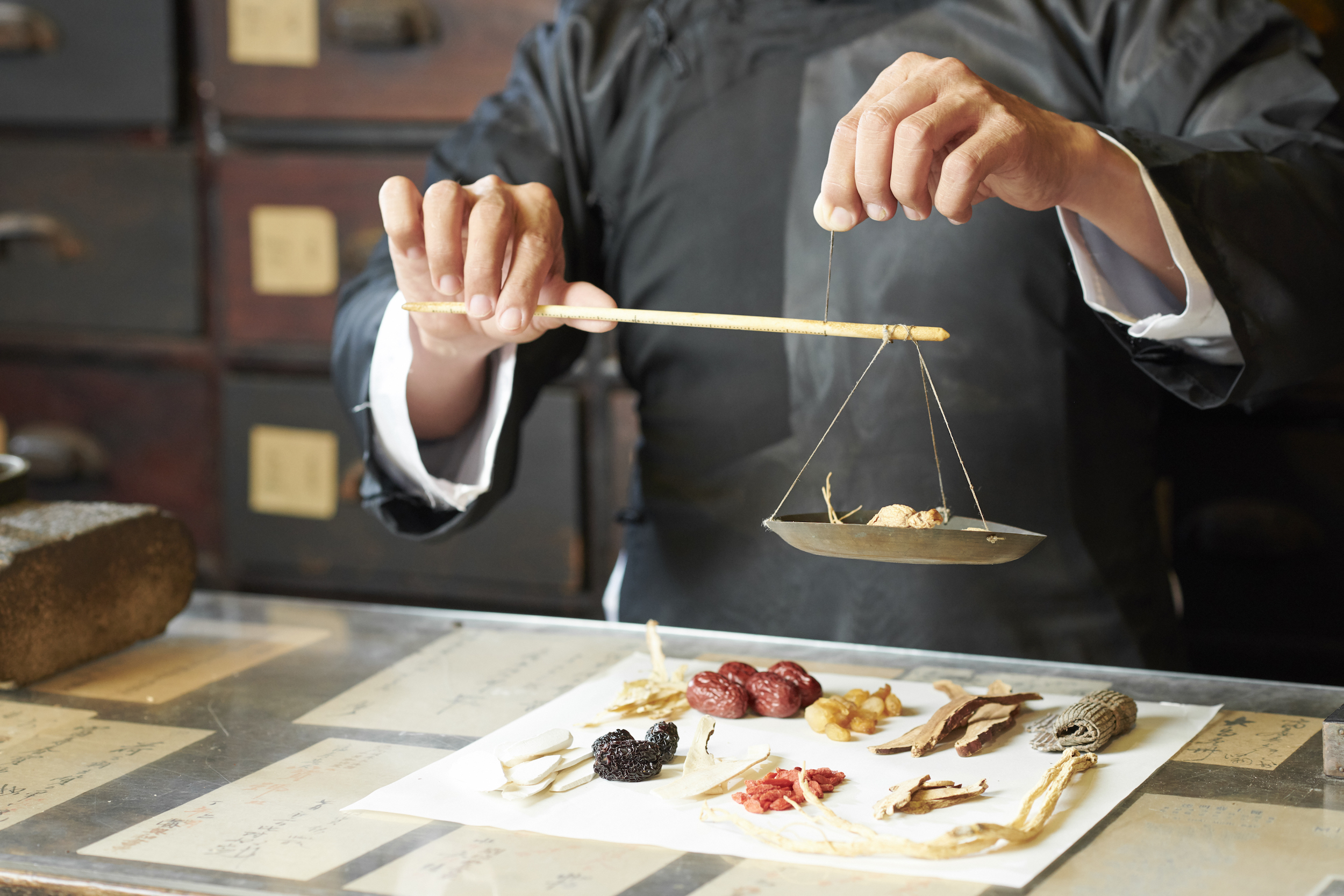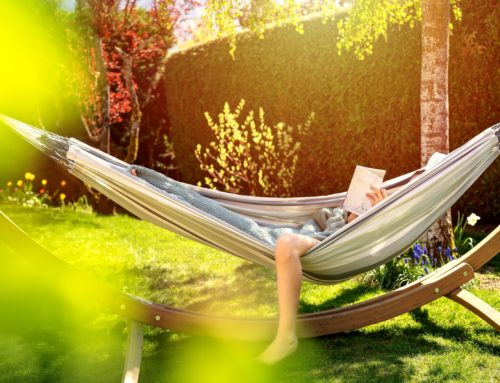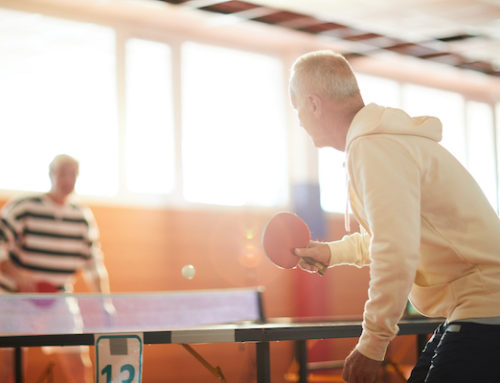There’s Something Missing From TCM
You would think with something like “traditional” in its name, the treatments would be deeply rooted in ancient knowledge. You would think…
However, many remain unaware that what we know today as Traditional Chinese Medicine, is actually less than 100 years old.
While TCM may be heavily influenced by practices from true historical Chinese medicine, or Classical Chinese Medicine (CCM), the process of westernization has stripped one of the most vital components of these ancient processes.
That’s in no way to say I am against the practice of TCM, and know that it is extremely effective when patients fit the treatments. However, It’s very important to understand that there are major differences between the two.
Diagnostic Wisdom Of Ancient Sages
…Disregarded.
There is no denying that modern medical science is at the leading edge of battling many serious, and life threatening issues. Marvels in technology such as blood tests, x rays, cat scans, and EEGs make western diagnostics unsurpassable in quickly locating the source of a serious threat to someone’s life.
While miraculous in its ability to swiftly save the life of someone suffering from serious, life affecting symptoms, when it comes to treating the body as a whole, that’s where Classical Chinese Medicine truly shows its ancient wisdom over western practices.
Effective as it may be, western medicine can be limited in the scope of its effectiveness; usually relying on some pharmaceutical drug or surgery to relieve symptoms. Classical Chinese Medicine develops a much deeper view of a patient’s situation through differential diagnosis.
Differential Diagnosis:
The Right Time To Provide Treatment
If you suddenly awoke at 3 AM to your doctor nagging you, you better believe it was the best time to be receiving that particular procedure.
At least, even just 100 years ago that would be common knowledge to anyone as a common practice in chinese medicine. Even in acupuncture, there was a time of day that any one point should be used; this point is called the master point, and it changes every hour of the day.
The major problem with TCM is, nowadays, it’s practiced without regard to these ancient cycles and patterns. Many of these patterns came from the Taoists, and drew not only on science, but on their keen observations of nature. To the Taoists, it wasn’t only about the how of the healing process, but the why, when, and even where.
These days, whether or not it’s the appropriate hour to use an acupuncure point, modern TCM practices would use it regardless.
With westernization there’s been a departure of TCM from the vast, sophisticated knowledge built up, and passed down to their apprentices over almost 2500 years by true masters in the field.
I’ve Seen What It Can Do…
The Difference Is Shocking For Skin Conditions.
Not long ago, I did a two year course study in dermatology. I couldn’t believe the sheer number of conditions being treated today that were known as far back as 1100 AD. Not just some vague similarities either; ancient texts describe, in detail, many of the same skin problems people suffer from today.
Let me say, I was just blown away. Those masters I mentioned, who pass on the ancient knowledge of Chinese medicine are still around today. I had the privilege of learning under one myself, actually. His name is Mazin-al-Khafaji and his home is in England. He would bring in these case studies and pictures to show how Chinese medicine is so much more sophisticated in its treatment of dermatological conditions.
In western medicine for example, you may be prescribed steroids to help with certain skin issues. While effective, the steroids do come with their own set of undesirable side effects such as thin, or even parchment like, skin. The problem with an approach like that is, it never addresses the root of the problem.
Compare that with Chinese medicine, where you’re prescribed one of the classic formulas by a master who’s taken the time to deeply understand your personal situation. Then it takes a period of time that could be up to 22 weeks in length, maybe a bit more. However, the major difference is in the results.
The skin condition clears, and it doesn’t come back.
The reason for that is, you reestablish the function of the skin layer, you reestablish the harmony in the body. You treat the entire system as a whole, and you don’t isolate any one part of it. It is just phenomenal how effective it is, and that’s what Classical Chinese Medicine is. Taking formulas from the classic texts, and treating these health problems, which again they described so wonderfully, and so accurately hundreds and hundreds of years ago.
“The inferior physician only treats after someone is ill,
but the superior treats before the illness occurs.”
In classical times, doctors were only paid when their patient was well! If the patient didn’t get better, or became sick again soon after.. The doctor would have to treat them for absolutely free, because he didn’t keep them healthy.
However, the secret to successfully maintaining the health of all your patients is providing resources to nurture health and wellness BEFORE they get sick – NOT after it’s already too late. For millennia the knowledge to do exactly that, through restoring balance to essence (Jing), energy (Qi), and spirit(Shen), has been passed down from master to student in a long lineage of those dedicated to the potential it has to nurture, and support the delicate systems in place within the body, so the body can function at its optimal level for good health.
You may have heard that Classical Chinese Medicine should “only be used for more serious conditions,” and that maybe it could be “dangerous” to try otherwise. That’s not true. There is a huge difference in herbs and formulas given as the result of a differential diagnosis, or medicinal herbs, and tonic herbs used in maintaining and restoring balance the three life-giving energies known to Taoist tonic herbalism.
That’s the type of herbalism that we do here at Jing Herbs. We focus on keeping people healthy, rather than treating people after they are ill.
So, Where Did Modern TCM Originate?
With the fall of the dynasties in China, a physician and politician by the name of Sun Yat-sen came into power, and wanted the country to be seen as modern. He was very western science trained, and started to exert his influence on the practice of Chinese medicine. In my opinion, that’s where things started to take a turn for the worse.
Then came Mao Zedong, and the Cultural Revolution. Traditional Chinese Medicine was strongly affected during this period; its development in China was part of the pursuit of national identity. It was mandated that anything that had to do with the spiritual side of natural medicine, anything outside of pure scientific method, would be stripped away totally.
Mao purged the intellectuals and the masters. A lot of the classical texts were lost forever, they burned them.
Luckily, a few of the best texts survived to this day. With archeological excavation, they’ve unearthed many of the classical texts from tombs and caves. Classical Chinese Medicine is rooted in spirit and energy. It’s the energy of the universe, the earth, humans, plants, animals. All of that information was taken into consideration in what formed the original system of Chinese medicine.
Basically the westernization of this ancient medicine has departed from the soul of Chinese medicine; Its taken any inkling of artistry and the natural beauty present in its practice.
Today, what we are left with, as “Traditional Chinese Medicine,” is a very sterilized, and standardized version of what that original medical body was.
It’s important to understand the difference between the two.
Be well,
Dr. George







